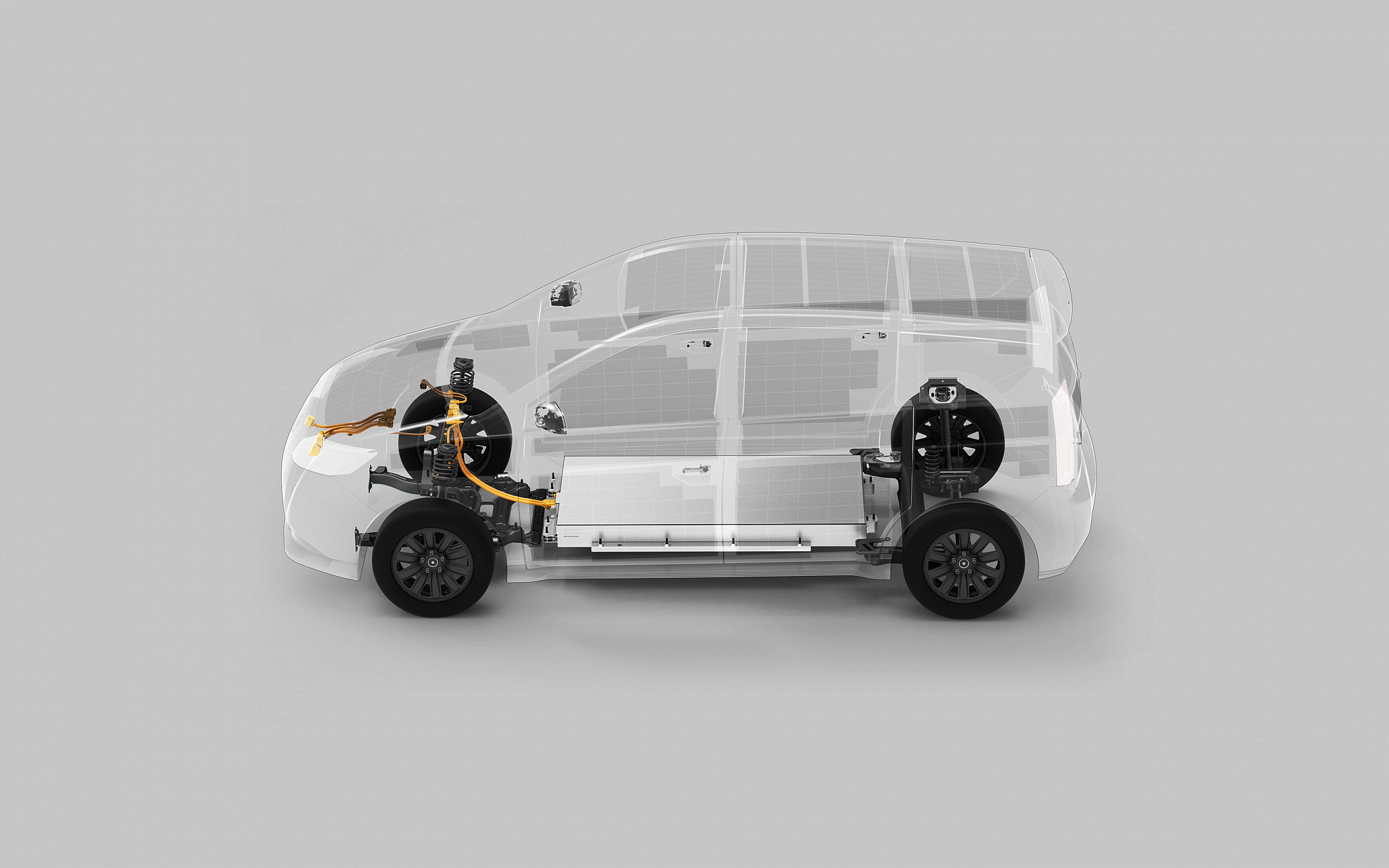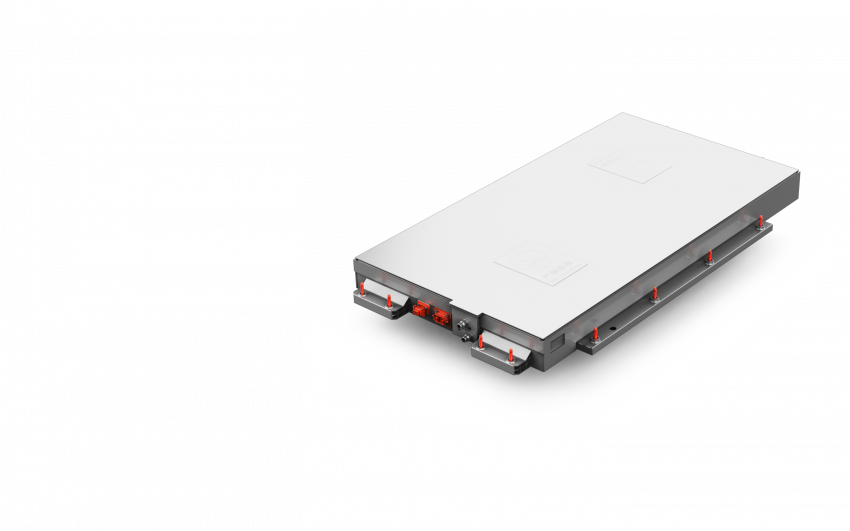Technology
The unique technology fits perfectly with our vision of a sustainable battery. It is fair as well as resource friendly, and, unlike lithium-ion equivalents, this battery's cell chemistry contains no cobalt, nickel or manganese. Due to their special properties, the advanced LFP (lithium iron phosphate) batteries are also effectively non-flammable. Even after long and intensive use, they display only low power losses, giving them a particularly long service life.

